
Bone remodeling
Conversion of spongy to compact bone occurs in other areas than just the diaphyses of long bones. These areas of spongy woven bone from the skull were formed by intramembranous ossification. Formation of the inner and outer tables of compact bone in the skull occur by continued intramembranous bone deposition, as osteons fill in these circular spaces and also as the surrounding periosteum lays down peripheral lamellae. 200x, 200x
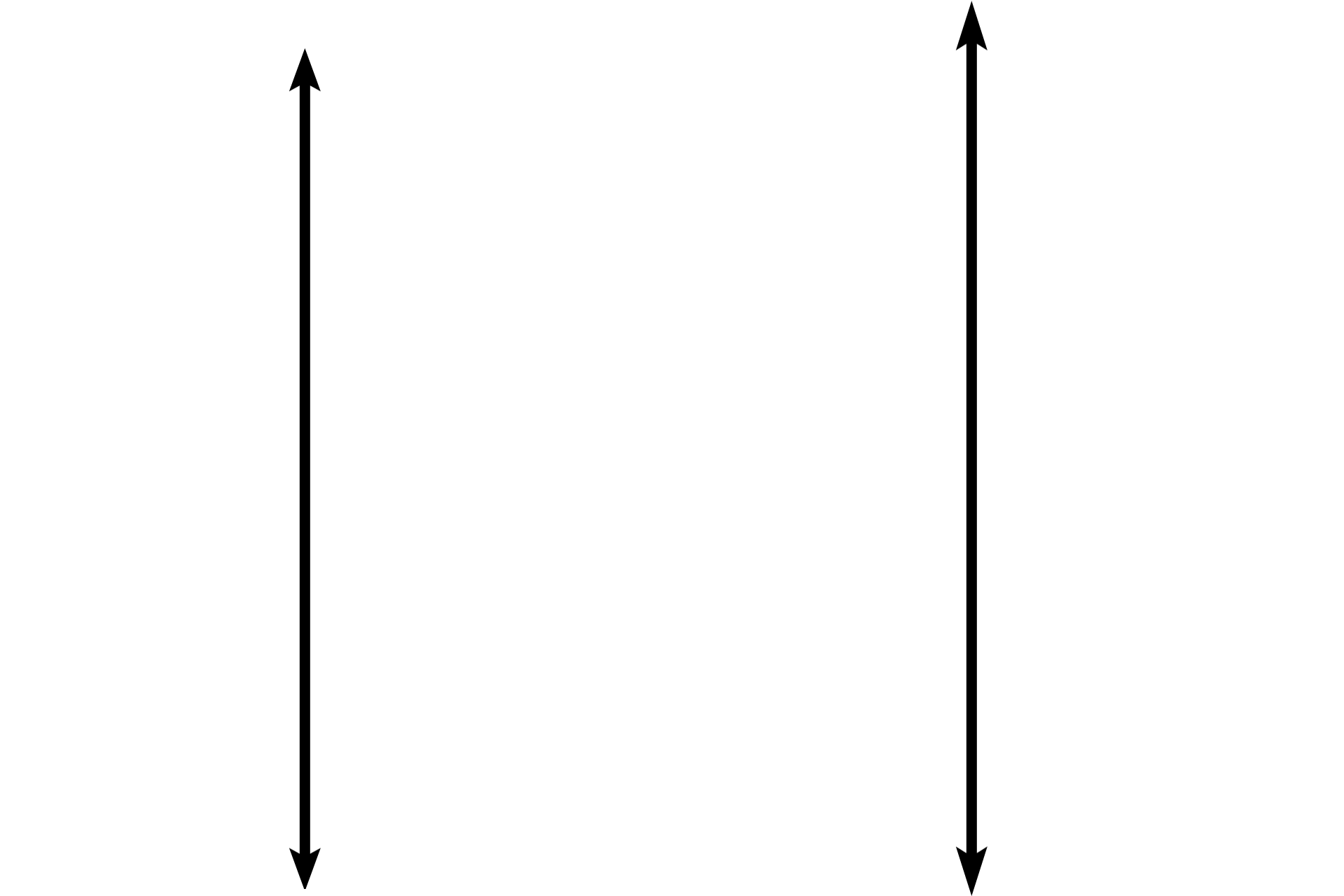
Bone >
This bone has all the characteristics of spongy bone: anastomosing spicules, endosteal lining, and numerous blood vessels. Additionally, the numerous rounded lacunae, containing osteocytes indicate that this is woven bone. Osteoclasts are also present, demonstrating that bone resorption is occurring simultaneously.
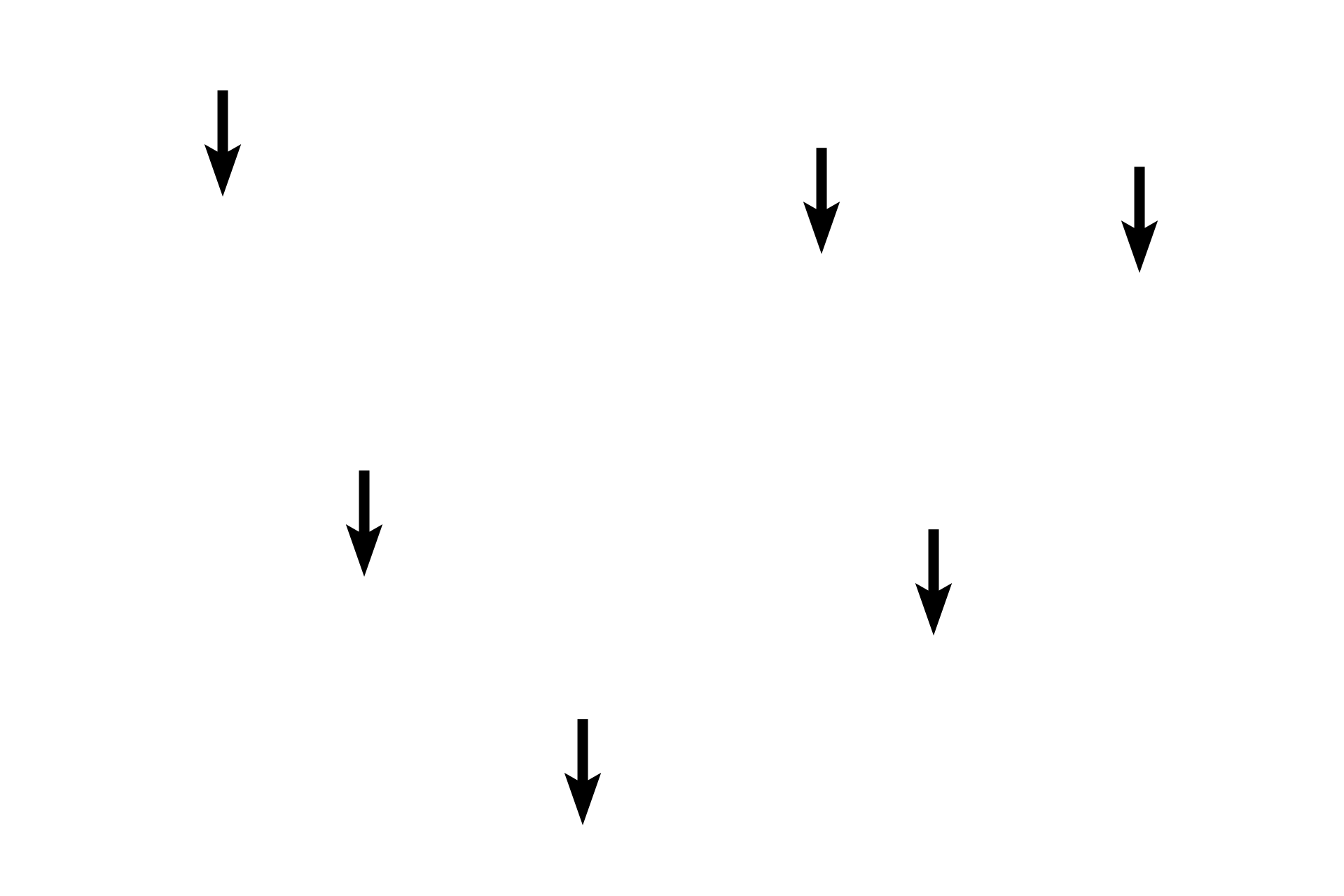
Osteocytes
This bone has all the characteristics of spongy bone: anastomosing spicules, endosteal lining, and numerous blood vessels. Additionally, the numerous rounded lacunae, containing osteocytes indicate that this is woven bone. Osteoclasts are also present, demonstrating that bone resorption is occurring simultaneously.

Osteoclasts
This bone has all the characteristics of spongy bone: anastomosing spicules, endosteal lining, and numerous blood vessels. Additionally, the numerous rounded lacunae, containing osteocytes indicate that this is woven bone. Osteoclasts are also present, demonstrating that bone resorption is occurring simultaneously.
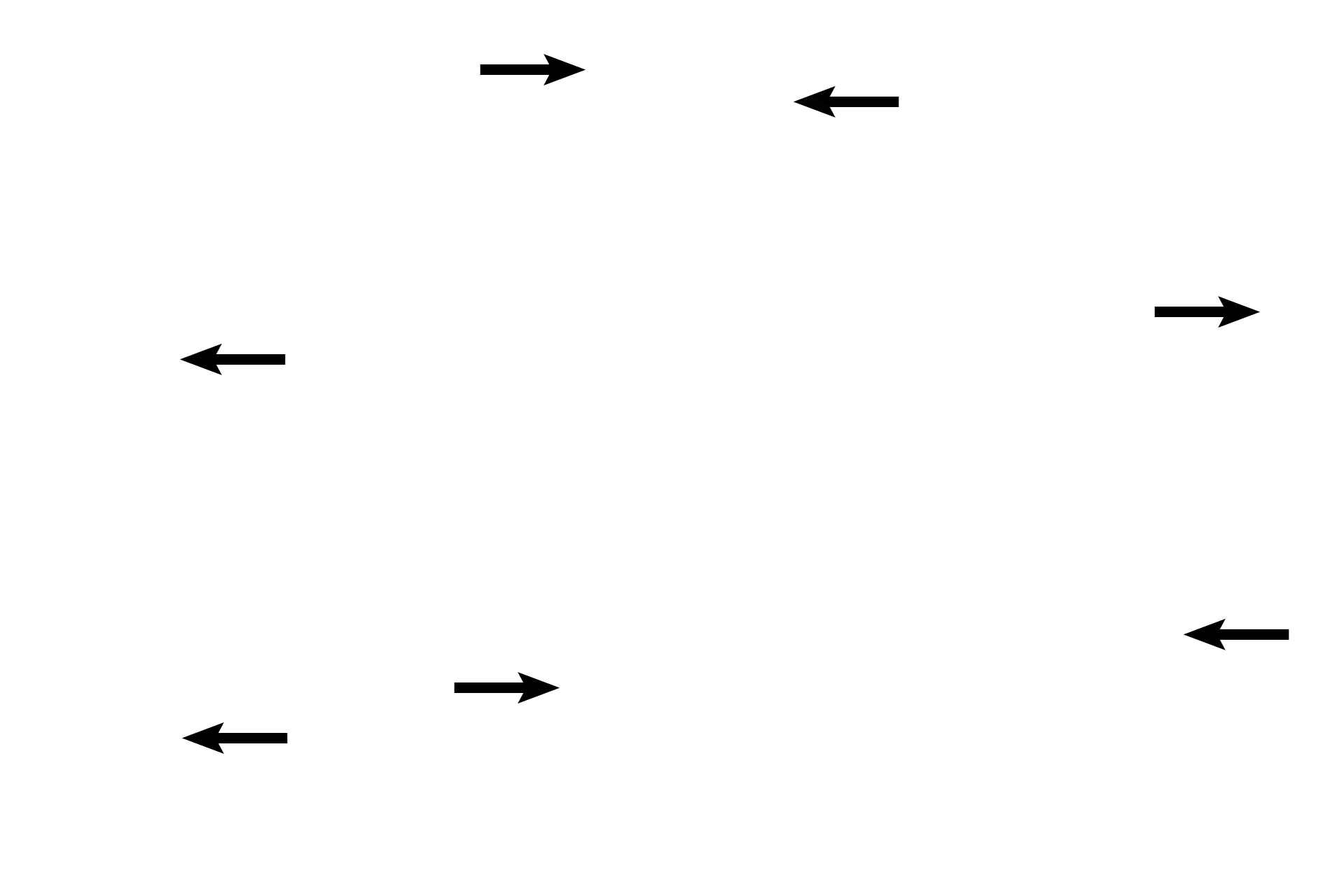
Blood vessels
This bone has all the characteristics of spongy bone: anastomosing spicules, endosteal lining, and numerous blood vessels. Additionally, the numerous rounded lacunae, containing osteocytes (black arrows) indicate that this is woven bone. Osteoclasts (yellow arrows) are also present, demonstrating that bone resorption is occurring simultaneously.
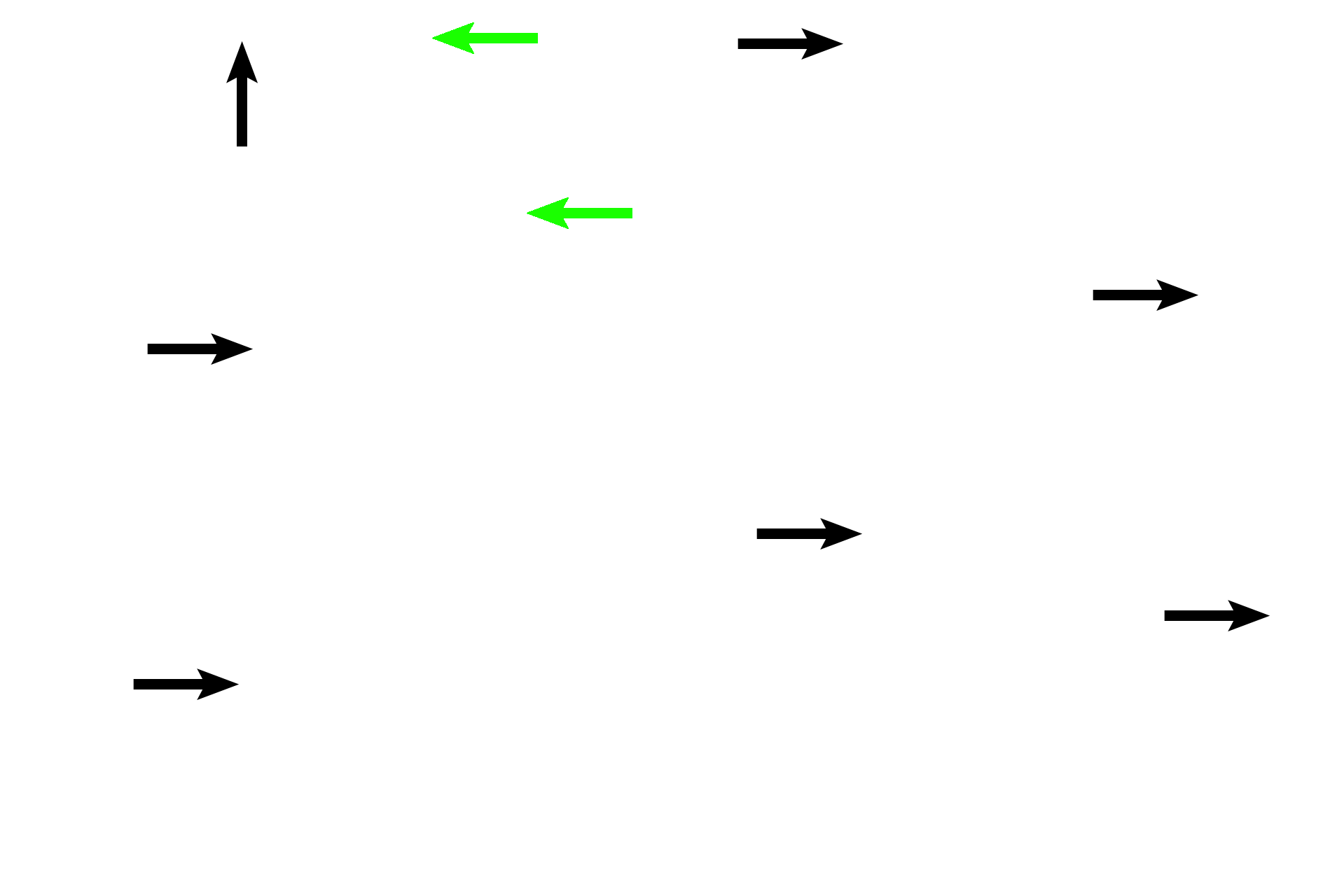
Endosteum
This bone has all the characteristics of spongy bone: anastomosing spicules, endosteal lining, and numerous blood vessels. Additionally, the numerous rounded lacunae, containing osteocytes (black arrows) indicate that this is woven bone. Osteoclasts (green arrows) are also present, demonstrating that bone resorption is occurring simultaneously.
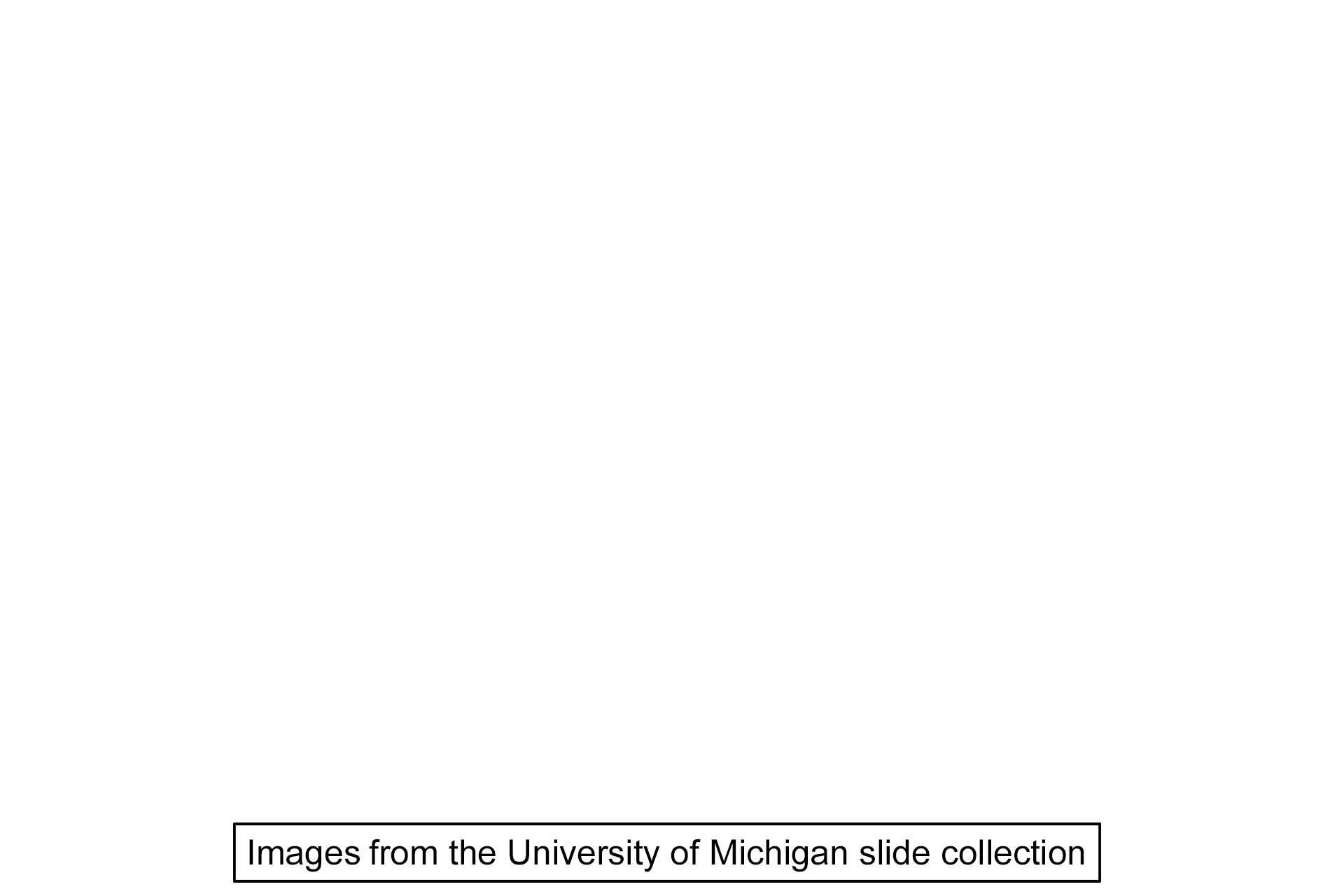
Image source >
These images were taken of slides in the University of Michigan collection.